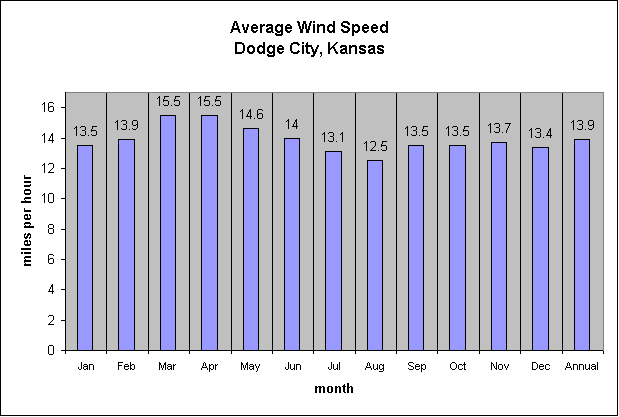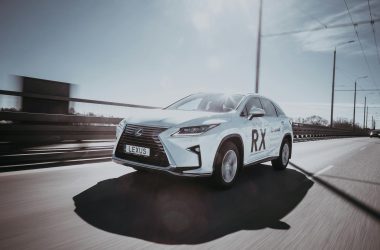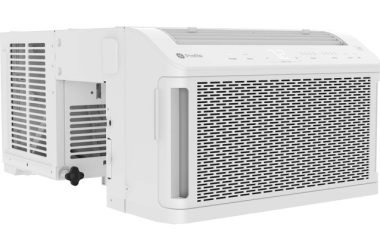Posted By Nicholas Brown.
Table of Contents
- Blade Strength, Weight, and the Performance of Wind Turbines
- Economic Characteristics of Wind Power
- Factors Affecting Cost of Wind Power
- Effect of Winter on Wind Power
- Wind Power PTC (Production Tax Credits), Subsidies, and Rebates
Blade Strength, Weight, and the Performance of Wind Turbines
The power output of a wind turbine is dependent on the efficiency of the blades, gear assembly, alternator/dynamo, as well as wind speed and wind consistency. The power output of taller wind turbines is greater due to the fact that wind speeds are greater at higher altitudes. The power output of wind turbines can be increased by turning the head in such a way that the blades face the wind, this can be done with a wind direction sensor combined with a motorized head moving mechanism (or yaw).
Some of the factors affecting wind turbine performance include blade weight, strength, and shape. Blade strength is indirectly important to wind turbine performance because the blades are not able to safely and reliably meet their performance requirements unless they are strong enough.
There is a tendency of everything physical to resist a change of velocity (speed), and this is inertia. It affects everything that moves.
When the wind turns a turbine blade, the rest of the blades are forced to move with it since they are attached to the same hub (the rotating part at the centre of the turbine), however, the weight of the blades impedes that by holding them back (this is inertia itself). It is almost as if something is dragging back on the blades and bending them, they are not very flexible, so if they are stressed too much, they break.
Inertia is the same force that you have to overcome when you first start running or when you are trying to accelerate your vehicle. Wind turbine blades also have to overcome drag, which is an air force exerted on them.
This is why vehicles burn extra fuel to accelerate, and when braking. Both bringing an object to a stop and moving it from a stop is a change of velocity (speed).
Weight adds to this inertia problem, which is why heavier objects are harder to stop and harder to get moving. Typical wind turbine blades are designed to withstand the stress that normal operation would cause, so they don’t break too often, however, it is very difficult to pull this off.
Economic Characteristics of Wind Power Including Levelized Cost of Energy (LCOE)
Cost of Wind Power
- The average cost of wind power in the United States is $800 $950 per kW. Source: Department Of Energy.
Capacity Factor of Wind Turbines and Cost of Wind Power by Country
The average unsubsidized cost of wind power and capacity factor (CF) in the following countries (please remember that it varies throughout each large country) is:
- Denmark: 8.2 cents or $0.082/kWh. CF: 31%.
- United States: 9 cents or $0.09/kWh. CF: 35%
- Sweden: 9 cents or $0.09/kWh. CF: 30%.
- Spain: 11 cents or $0.11/kWh. CF: 25%.
- Germany: ~11.9 cents or $0.119/kWh. CF: 26%.
- Netherlands: 13 cents or $0.13/kWh. CF: 25%.
- Switzerland: 16.7 cents or $0.167/kWh. CF: 20%.
[Source]
As you can see above, there is a strong correlation between the capacity factor of wind turbines and the cost at which they generate electricity. However, it is not the sole dictator of the cost. Operating and maintenance (O&M) costs contribute moderately to this as well. The Netherlands and Switzerland have the highest operating and maintenance costs of the 7 countries by far.
Operating and Maintenance Costs of Wind Turbines
- Switzerland: 4.3 cents or $0.043/kWh.
- Netherlands: 3.9 cents or $0.039/kWh.
- Germany 2.9 cents or $0.029/kWh.
- Spain 2.8 cents or $0.028/kWh.
- Denmark: 1.7 cents or $0.017/kWh.
- Sweden: 1.5 cents or $0.015/kWh.
- United States: 1 cent or $0.01/kWh.
[Source]
Operating and maintenance cost is affected by labour cost considerably.
- A wind powered economy is not susceptible to rising fuel prices, because wind turbines are not fossil-fuel powered. An economy with low cost electricity would result in lower cost food than one with high fuel prices. Fossil fuel price increases drive up the cost of food, water, and everything else which is harvested, manufactured, or supplied using electricity.
- Wind farms are sometimes built on farm land and the owners/farmers benefit because they are paid for the use of that land, helping to sustain the agriculture industry. The farmers could even be supplied with electricity in the process, but that is dependent on the wind farm owner.
- The total number of jobs created by the manufacturers, deliverers, and assemblers of wind turbines has a positive economic impact. Example: Vestas opened a factory for wind turbine blades alone and said they would hire 600 people to work there: Vestas Opens Factory in Colorado
Factors Affecting The Cost of Wind Power
Many factors affect the cost to generate electricity during the life of a wind turbine, including:
Reliability: The more a wind turbine malfunctions, the more it will have to be repaired, and repair costs money, therefore, a less reliable wind turbine is a more expensive one.
Efficiency: Wind turbines need to convert the kinetic energy possessed by the wind into electricity as efficiently as possible because the less efficient a wind turbine is, the less of the wind’s kinetic energy is converted into electricity, therefore, the turbine will take longer to pay for itself.
Cost of Materials
The cost of the materials used in the construction of a wind turbine obviously have a significant impact on the cost of the turbine because the cost of those materials is included in the production cost of the turbine.
Geographic Location of Wind Turbines
Average wind speed varies with geographic location, wind turbines generate more electricity as wind speed increases, and less as wind speed decreases. Wind consistency also varies with geographic location, the longer the wind blows at a given speed, the more a wind turbine in that area will generate.

Effect of Winter on Wind Power Generation
During the winter, in some locations, wind speed increases which affects wind power production.
As you can see, the winter months are when wind speeds are the highest and and the hottest months which are the summer months are those with the lowest wind speeds. Especially July and August.
Wind Power Production Tax Credits, Subsidies, and Rebates
A production tax credit is a government policy under which the government pays a fraction of the cost to generate electricity. This is usually written in dollars or cents per kilowatt-hour of electricity generated. Subsidies (PTCs) aim to lower the up front cost of electricity to the end user to encourage more to purchase it, and also to encourage people to construct the subsidized power plants.
There are different ways to financially support a source of energy, including production tax credits (PTC)/subsidies and rebates for people who buy the supported generators.
United States Production Tax Credit (PTC, 2011): 2.2 U.S cents per kWh ($0.022 USD/kWh) of electricity generated by the wind farm.




